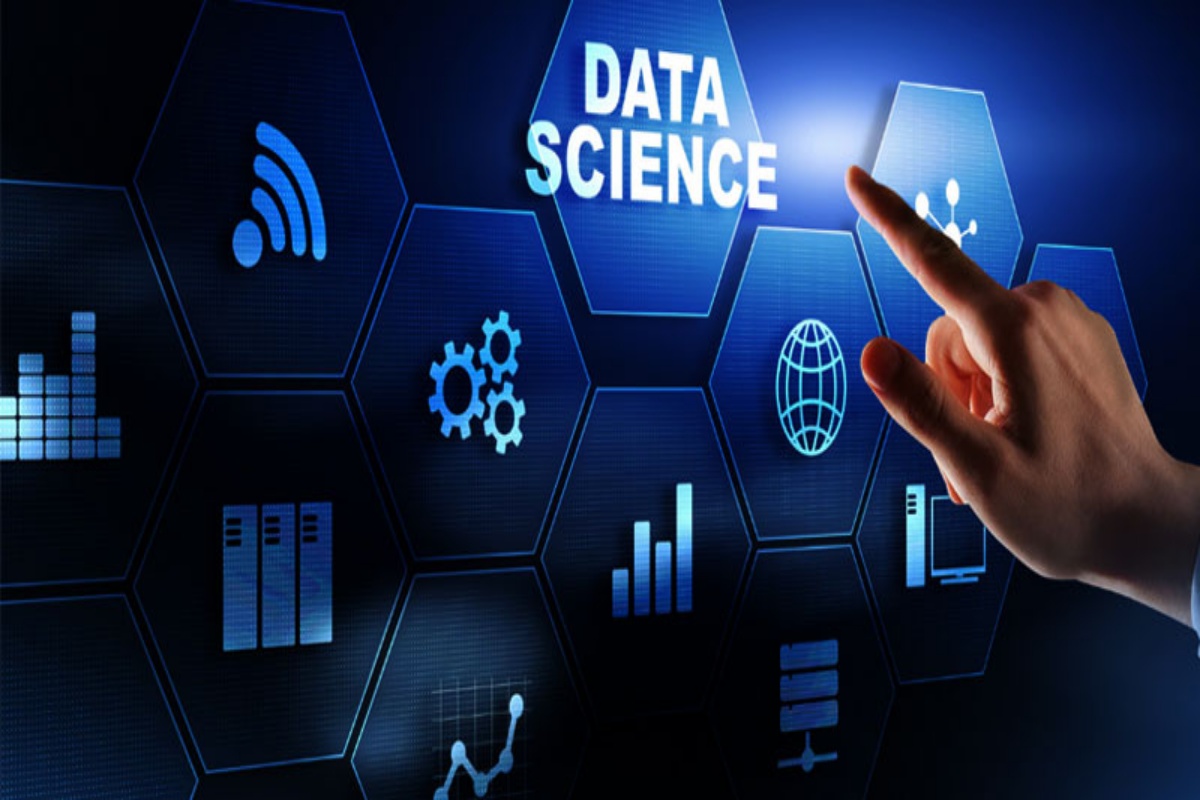Data science is an interdisciplinary field that leverages statistical techniques, machine learning algorithms, data engineering, and domain knowledge to extract insights and build predictive models from data. As the field matures, a variety of advanced tools have emerged to help data scientists manage, analyze, and visualize complex data at scale. This article explores some of the most powerful and widely used advanced tools in data science across different categories such as programming environments, machine learning platforms, big data technologies, and specialized libraries.
1. Programming Environments and IDEs
1.1 JupyterLab and Jupyter Notebooks
Jupyter Notebooks remain a staple for exploratory data analysis (EDA), model building, and reporting. JupyterLab, the next-generation interface, offers a flexible and extensible environment supporting multiple file formats and kernel types, including Python, R, Julia, and Scala.
Key Features:
- Interactive code execution
- Markdown and LaTeX integration
- Rich visualization output
- Extensions for version control and collaboration
1.2 VS Code (Visual Studio Code)
Visual Studio Code is a powerful editor that supports Python, R, and other data science languages through extensions. It provides features like debugging, Git integration, and Jupyter notebook support.
2. Data Manipulation and Analysis
2.1 Pandas and Dask
- Pandas is the most widely used library for data manipulation in Python. It provides data structures like DataFrames and Series that make handling structured data easy and intuitive.
- Dask scales pandas workflows to larger-than-memory datasets using parallel computing.
2.2 Apache Spark
Apache Spark is a fast and general-purpose cluster computing system. PySpark, its Python API, allows data scientists to process large-scale datasets with distributed computing.
Key Features:
- In-memory computation
- Support for SQL, machine learning (MLlib), and graph processing (GraphX)
- Integration with Hadoop ecosystem
3. Machine Learning and Deep Learning Platforms
3.1 Scikit-learn
Scikit-learn is a Python-based machine learning library that provides simple and efficient tools for data mining and analysis.
Highlights:
- Classification, regression, clustering
- Model evaluation and selection
- Dimensionality reduction and preprocessing
3.2 TensorFlow and PyTorch
- TensorFlow, developed by Google, is a comprehensive open-source platform for building and deploying machine learning models. It supports both deep learning and traditional ML models.
- PyTorch, developed by Facebook, is known for its dynamic computation graph, ease of use, and growing popularity in research.
3.3 Hugging Face Transformers
An advanced library for natural language processing (NLP), Hugging Face provides pre-trained models for tasks like text classification, question answering, and machine translation using state-of-the-art architectures like BERT, GPT, and T5.
4. Data Visualization Tools
4.1 Matplotlib, Seaborn, and Plotly
- Matplotlib: A low-level plotting library with extensive customization.
- Seaborn: Built on Matplotlib, it simplifies the creation of attractive statistical plots.
- Plotly: An interactive plotting library supporting dashboards and web-based visualization.
4.2 Tableau and Power BI
These are commercial business intelligence tools that provide interactive data visualization and dashboarding capabilities. They are commonly used for presenting insights to non-technical stakeholders.
5. Big Data and Cloud Computing Platforms
5.1 Hadoop Ecosystem
Hadoop provides distributed storage (HDFS) and processing (MapReduce) of big data. Though increasingly replaced by faster alternatives like Spark, it is still foundational in large-scale data infrastructure.
5.2 Amazon Web Services (AWS), Google Cloud Platform (GCP), and Microsoft Azure
Cloud providers offer a suite of services for storage, data processing, machine learning, and deployment.
Notable services:
- AWS Sagemaker
- Google AI Platform
- Azure Machine Learning Studio
These platforms support model training, hyperparameter tuning, automatic scaling, and MLOps.
6. Model Deployment and MLOps
6.1 Docker and Kubernetes
- Docker allows packaging of applications and their dependencies into containers.
- Kubernetes orchestrates containerized applications, managing their deployment, scaling, and monitoring.
These tools are vital for reproducibility and scalability of machine learning models in production.
6.2 MLflow
MLflow is an open-source platform for managing the ML lifecycle, including experimentation, reproducibility, and deployment.
Core components:
- Tracking: Log and compare experiments
- Projects: Package ML code
- Models: Manage and deploy models
- Registry: Central model store
7. AutoML and Hyperparameter Optimization
7.1 Auto-sklearn and TPOT
Automated machine learning tools like Auto-sklearn and TPOT perform algorithm selection, hyperparameter tuning, and ensemble generation.
7.2 Optuna and Hyperopt
These are powerful optimization frameworks that use advanced techniques like Bayesian optimization and tree-structured Parzen estimators (TPE) for hyperparameter tuning.
8. Specialized Libraries and Frameworks
8.1 XGBoost, LightGBM, CatBoost
These are gradient boosting frameworks that are highly efficient and perform well on structured/tabular data. They support categorical features, missing value handling, and GPU acceleration.
8.2 RAPIDS
Developed by NVIDIA, RAPIDS uses GPUs to accelerate data science workflows. It includes:
- cuDF: GPU DataFrame library (like pandas)
- cuML: GPU ML library (like scikit-learn)
- cuGraph: GPU graph analytics
9. Data Versioning and Experiment Tracking
9.1 DVC (Data Version Control)
DVC is a Git-like tool for managing datasets and machine learning models. It ensures reproducibility and collaborative development.
9.2 Weights & Biases (W&B)
W&B is a suite of tools for experiment tracking, model visualization, and dataset versioning. It integrates seamlessly with deep learning libraries like PyTorch and TensorFlow.
10. Graph Analytics and Time Series Tools
10.1 NetworkX and Neo4j
- NetworkX is a Python package for the creation and study of complex networks.
- Neo4j is a graph database that supports efficient storage and querying of connected data.
10.2 Prophet and GluonTS
- Prophet, developed by Facebook, is a time series forecasting tool that handles seasonality and holidays.
- GluonTS, by AWS, is a deep learning-based time series framework built on MXNet.
Conclusion
Data science is evolving rapidly, and so is its tooling ecosystem. Mastering advanced tools enables data scientists to build scalable, accurate, and efficient models, manage complex pipelines, and deliver real-world impact. While no single tool is best for every use case, familiarity with a broad set of tools allows practitioners to choose the right one for the task at hand. As artificial intelligence and data continue to drive decision-making across industries, investing time in understanding and utilizing these advanced tools is both strategic and essential.

